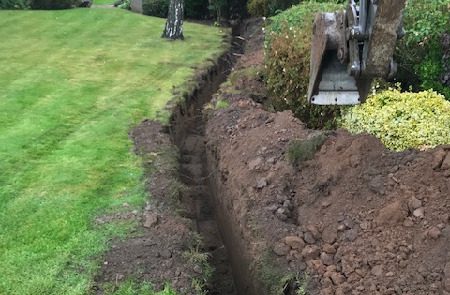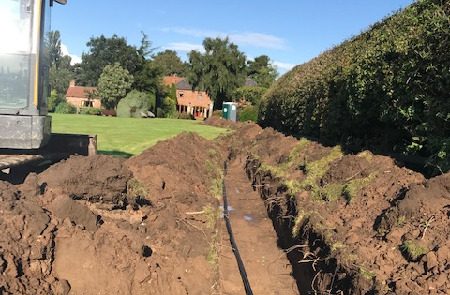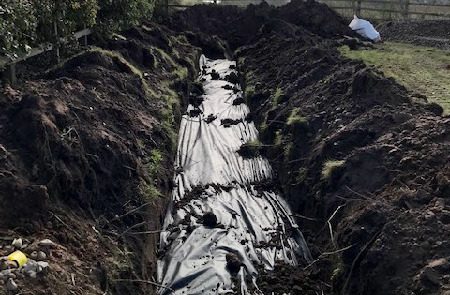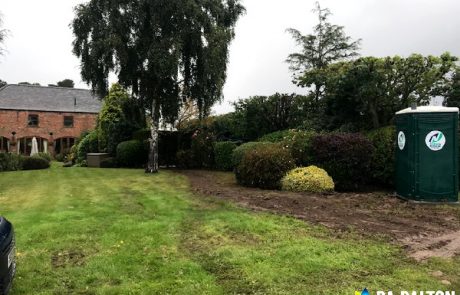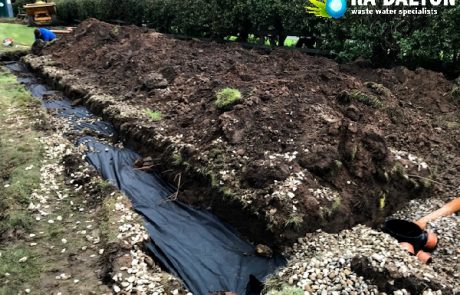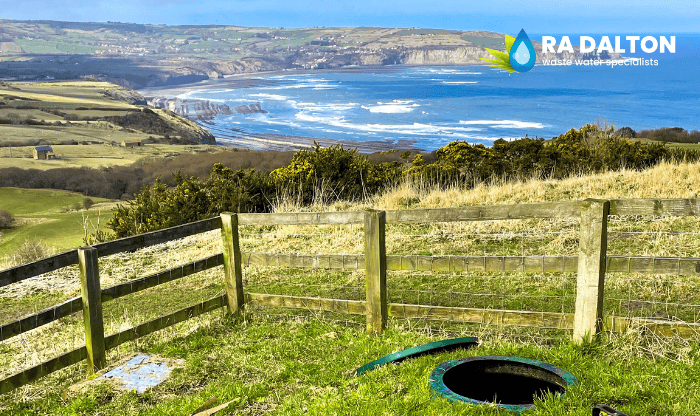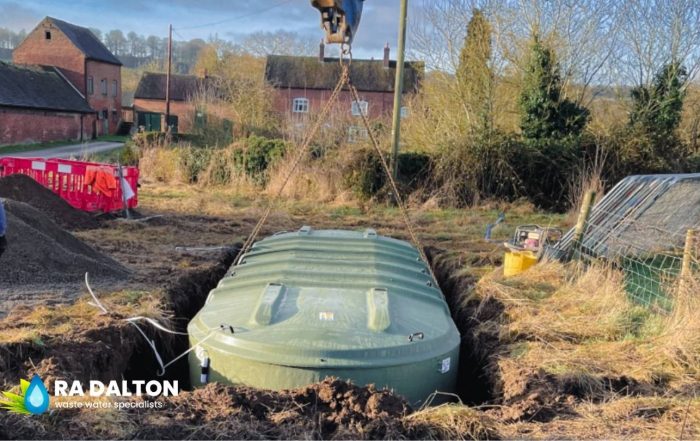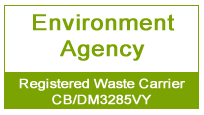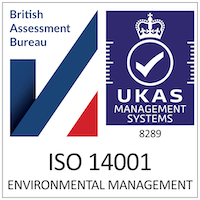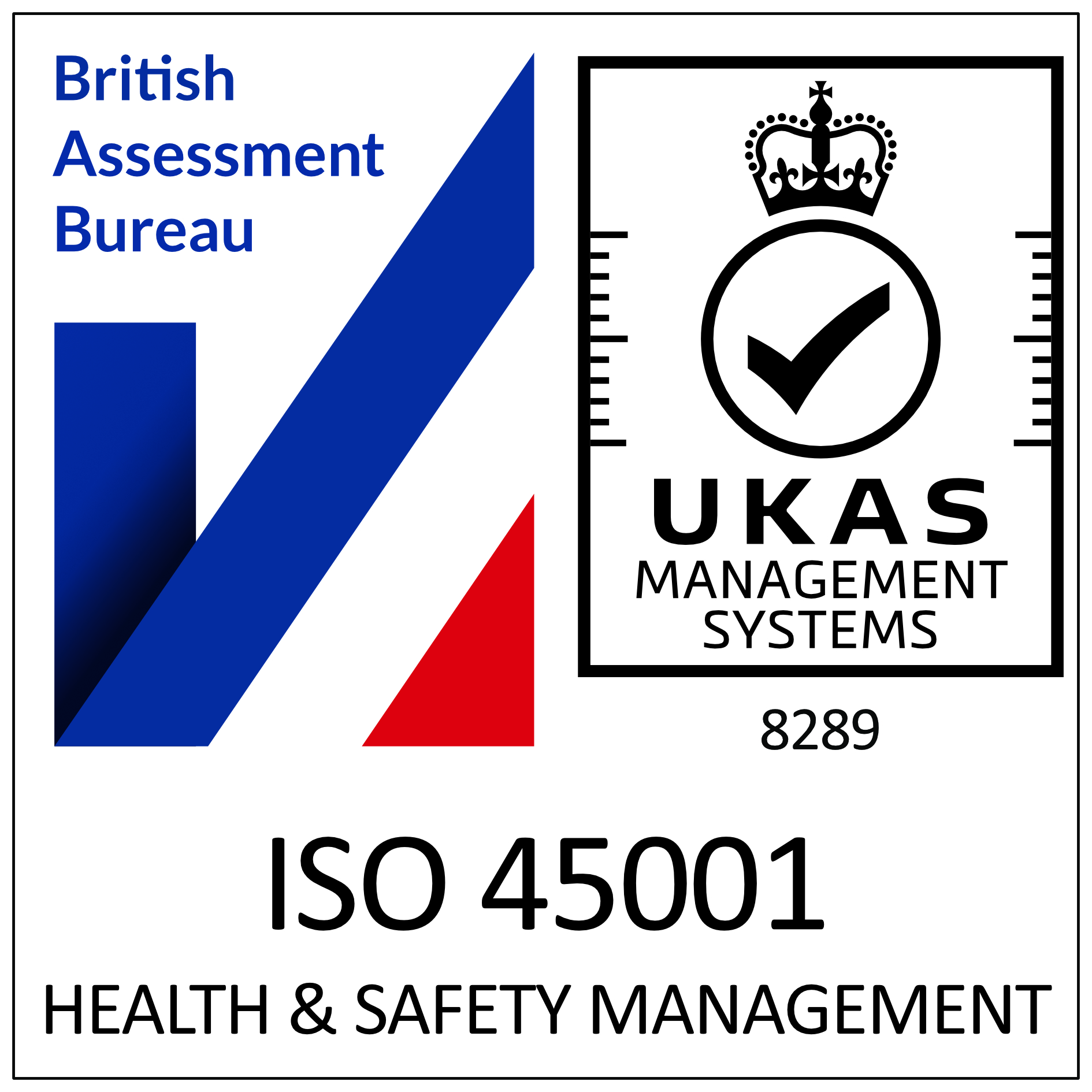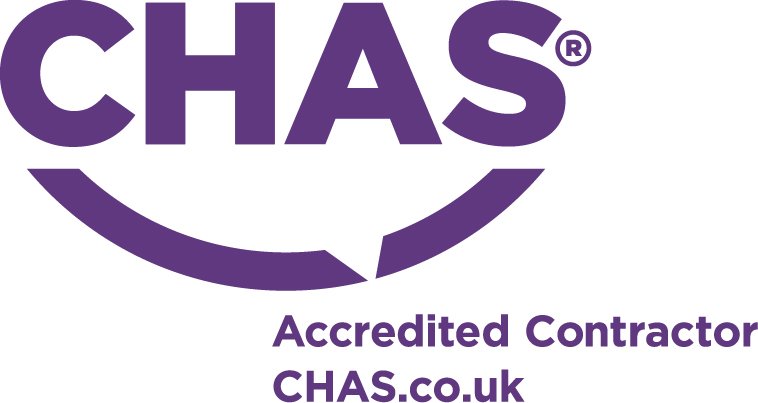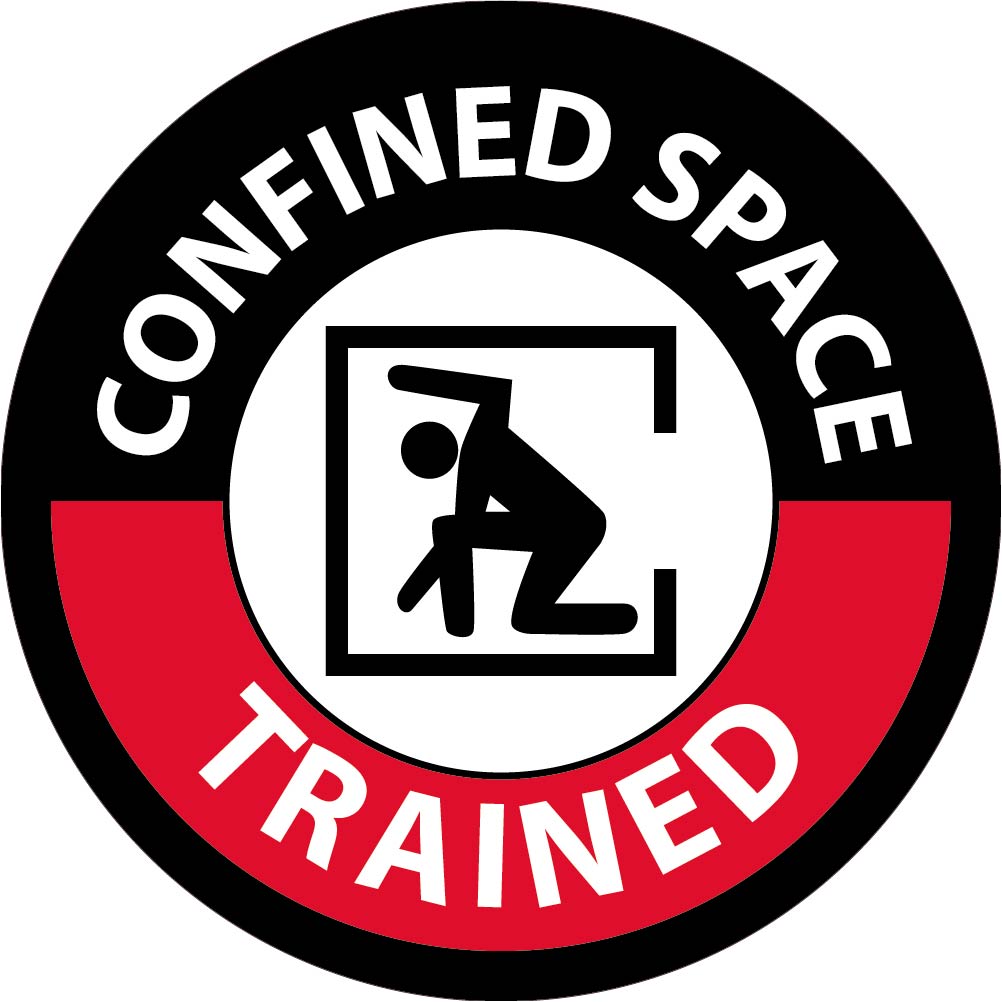RA Dalton Success Stories
RA Dalton Ltd are the Klargester number one accredited installer covering the whole of the UK.
The Higher Solution – A Kingspan Klargester pump Station.
Ground porosity can often be a complicating issue when looking at a new or existing installation, it is not uncommon that percolation tests throw a spanner into the works on the effectiveness of a septic tank/ sewage treatment plant. For one customer in Yorkshire this sadly proved to be the case, their existing Septic tank was struggling due to a failed soakaway.
Keen to rectify the issues that were being experienced (backing up to the septic tank, pooling water etc), percolation tests were carried out to replace the soakaway in a similar location however the tests revealed a high clay content and even after 18 hours the level had not dropped.
With this we went straight back to the drawing board.
The Kingspan Klargester DPSB Single effluent pump station.
Working closely with the area representative for Kingspan Klargester we designed a proposal to install a package effluent pump station to pump to a high level drainage field which had been confirmed as having a decent permeability and would require approximately 32m of drainage field in a 900mm wide trench.
The proposed installation was to include the installation of a Kingspan Klargester DPSB medium head effluent pumping station, 77m of 50mm Black MDPE Rising main to pump to a high level drainage field.
As with the majority of our installations the new Single effluent pump station was installation in a dry concrete surround, the mix we always use and recommend is a C25 OPC Dry (no added water) 20mm aggregate – this mix both strength and consistency is vital to what we install as if we have concrete delivered too wet then this could potentially cause the tanks to pop out of the ground – a scenario no one wants to experience!
The importance of percolation tests.
No matter what we are installing or where we are installing, we always highlight the reality of checking ground conditions, even in the most unlikely of places you can encounter abnormal ground conditions such as hitting rock or running sand/ ground water. As the initial percolation tests in the lower field had failed we were acutely aware of the possibility that shoring may be require should we be unfortunate enough to hit any of these complications.
Thankfully this wasn’t the case and the installation progressed smoothly and despite a minor delay with adverse weather conditions (when it rains, it pours!) the works were completed, tidied and signed off by Building control.

